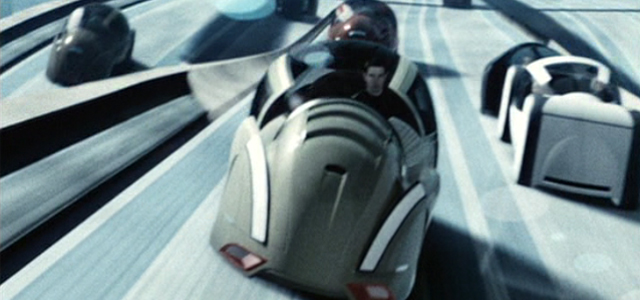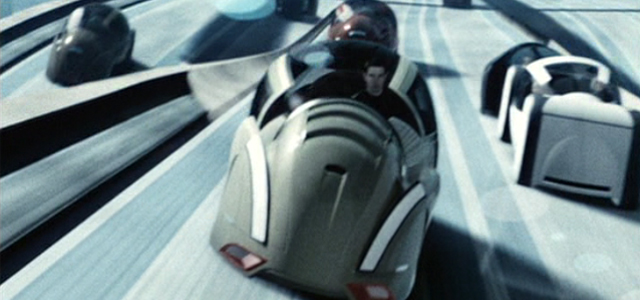
Google confirms to VentureBeat it has just been granted a patent for its futuristic driverless cars.
This specific patent covers “methods and devices for transitioning a mixed-mode autonomous vehicle from a human driven mode to an autonomously driven mode,” that is, cars that can go from being human-controlled to being driven and controlled by embedded computers and sensors.
Using sensors, the vehicle could dock at a landing strip, then it would be able to get directions or driving instructions from the Internet via a URL, a QR code or a radio link.
After downloading driving instructions, the car would then switch into autonomous driving mode and execute the instructions, i.e., get you from point A to point B while you smoke your pipe or read the Financial Times — whatever floats your boat, Professor.
Google has a few prototypes of these vehicles out on the road right now — we saw one when we were last at the Google campus, as a matter of fact. To date, the only accident that has occurred involving a Google driverless car was due to, ah, user error.
The cars were first announced last October. At that time, the small fleet had already covered 140,000 miles of road, including the Golden Gate Bridge and parts of Hollywood Boulevard.
Earlier this year, the company lobbied Nevada to allow self-driving cars in the state, where they could perform automated deliveries and serve as self-driving taxis in Las Vegas, for example.
With this patent and its forward momentum on the driverless cars, Google seems determined to make this futuristic dream a reality in short order.
Currently, Google confirms that seven of the cars are in operation.
VentureBeat's mission is to be a digital town square for technical decision-makers to gain knowledge about transformative enterprise technology and transact. Learn More

